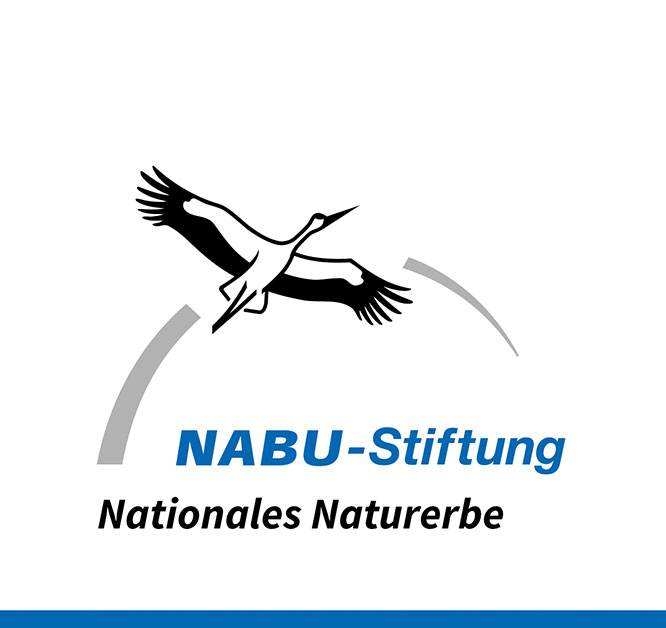Anklamer Stadtbruch
Wilderness between land and sea
These days, one can barely find any unused nature in Germany, though there are many good reasons to have more wilderness. With about 1,800 hectares of peatland, forest and waterbodies, the Anklamer Stadtbruch ranks among one of the last great wilderness areas in Germany. Since 2018, a major part of this protected reserve is being permanently preserved for nature by the NABU-Foundation for National Natural Heritage.
Why wilderness?
In densely populated Germany, large wilderness areas are rare treasures, yet they are needed as safe havens for threatened animals and plants. More than 100 species of birds breed in Anklamer Stadtbruch. During bird migration tens of thousands of waterfowl gather here, e.g. Nordic geese, swans, ducks, and wading birds. White-tailed eagles, Cormorants and European otters benefit from the fish laden waters. The wilderness area near Anklam is of particular importance for rare species of butterflies, for example the Large Copper or the critically endangered Beautiful Marsh Belle.
Properly functioning peatlands such as the wilderness area of Anklamer Stadtbruch contribute to climate protection by capturing and storing atmospheric carbon dioxide. Additionally, the upward growing peatland provides a natural protection against floods. Wilderness areas help us to better understand how nature adapts to changing environmental conditions. This knowledge can also be applied to enhance the use of cultivated countryside.
Wild natural landscapes are a counter balance to heavily used cultural landscapes. These wild places are great for exploring, enjoying nature and positively affecting our well being. Ultimately, to facilitate the existence of pristine nature is part of our global responsibility. That is why in Germany two percent of land surface shall be secured as large-scale wilderness areas.
Nature conservationists’ safekeeping of Anklamer Stadtbruch
For many centuries people extracted peat in Anklamer Stadtbruch and utilised the peatland area for meadows and pastures. Following its drainage, in the 20th century the peatland was used for intensive agriculture and forestry. In 1995 a storm surge destroyed the dike to the adjacent lagoon Stettiner Haff. Since then the landscape of this peatland has been left to its own devices.
Currently almost 15 square kilometers of the Anklamer Stadtbruch are registered as a protected reserve. In 2018, the town of Anklam put most of this area up for sale. In order to protect the wilderness area from new economic interests, the NABU-Foundation purchased more than 1,300 hectares from the town of Anklam and other property owners. This acquisition by the non-profit foundation was supported by private donations and funding from the state of Mecklenburg-Vorpommern.
Experiencing more wilderness
Since 2018, nature in Anklamer Stadtbruch has been allowed to restore itself, amenable to its own laws and without economic interference. Rewetting is inundating land areas once more, trees may die naturally as well as new bog woodlands and large-scale reedbeds may re-establish themselves again. In order to promote the growth of this peatland, the NABU-Foundation is closing drainage channels including the three big navigable water passages previously used to transport the mined peat. Furthermore, the NABU-Foundation as new owner aims to curtail extensive hunting on foundation lands.
Anklamer Stadtbruch will remain a location for awe-inspiring experiences in nature. Nature enthusiasts can explore this nationally unique wilderness either by walking along designated trails or by joining a guided tour that highlights natural history.
We save paradises!
The NABU-Foundation for National Natural Heritage acquires valuable nature reserves nationwide to preserve these as habitat for rare and endangered species of plants and animals.
Further information at www.naturerbe.de


